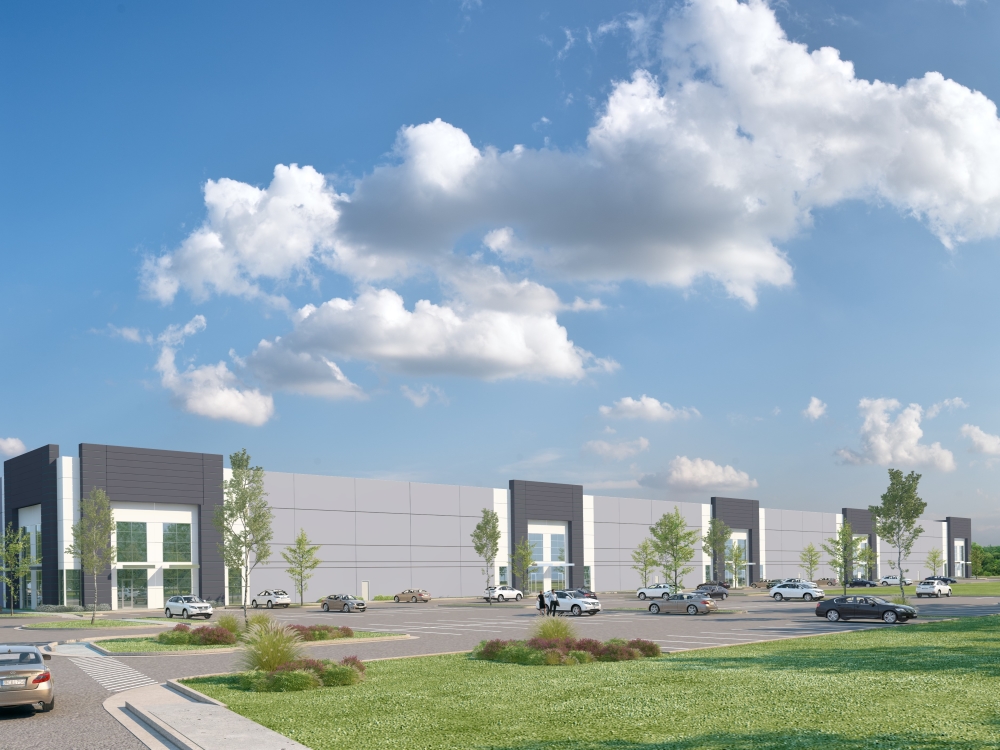CCIM Report Debunks Retail Myths
Produced in partnership with the Alabama Center for Real Estate at the University of Alabama, the study explores the future of retail, warehousing and last-mile delivery.
Don’t believe all those scary headlines about the retail apocalypse and death of the American mall. That’s the message of a report—Retail e-Volution: Predictions for 2025—produced by CCIM Institute Chief Economist K.C. Conway, in partnership with the Alabama Center for Real Estate at the University of Alabama. The 21-page analysis debunks common retail myths and lays out predictions for the future of retail and e-commerce.
Conway notes that total retail sales are increasing at an average annual rate of more than 4.35 percent, mainly fueled by e-commerce, technology, logistics and innovation. In his predictions for 2025, he argues that retail is the property type with the most opportunity of the commercial real estate sectors.
The economist debunks a common retail myth that consumers are spending less. Conway writes that the real cause of retail bankruptcies and closings is overleverage and the U.S. being “over-retailed.” While one in four malls will close by 2022 and retail space will contract by more than 50 percent, adaptive reuse of retail centers and malls is growing in the U.S. and will be the most impactful retail trend between now and 2025. Conway points to The Howard Hughes Corp.’s plans to transform Landmark Mall in Alexandria, Va., into a mixed-use property with a hotel, residential, retail and office space, as well as other public facilities. The site is located in an opportunity zone and will be able to take advantage of qualified OZ funds.
“You have to tackle and debunk these myths head-on for a couple of reasons. First off, if the industry doesn’t understand the why, history is doomed to repeat itself. Perhaps more importantly, only by putting a fine point to the real root causes of any disruption can effective responses or solutions be developed,” Conway told Commercial Property Executive.
“In the case of retail, CRE professionals need to understand that battling Amazon isn’t going to solve the overleverage and over-retailed challenges. And if the industry and local governments don’t advance solutions like adaptive reuse, our urban and suburban landscapes will continue to be littered with a glut of empty big-box stores and malls. Sadly, store closings have yet to peak or run their course,” Conway added.
READ ALSO: Navigating the Retail Sector’s Unpredictable Future
Retailers can also look outside the walls of malls or shopping centers and establish stores or “showrooms” in other locations like hotels and airports. Spending in airports reached $38 billion globally in 2016 and is expected to grow by 27 percent—to $49 billion—by 2021, according to GlobalData, a U.K.-based data analytics and consulting company. Asia-Pacific airports generated the most spending—more than $15 billion annually—followed by Europe, where total spending topped $10 billion a year.
The U.S. has been lagging, but is finally discovering that opportunities for retail are growing at American airports. Many large airports like New York’s LaGuardia, Atlanta and Denver are adding more retail space as part of major expansion projects. The new Kansas City International Airport is substantially increasing its retail, food and entertainment space, the report noted.
Fulfillment Challenges, Changes
Online retail sales are expected to double by 2025, partly due to the growth of online grocery sales, which will make up about 20 percent of the total grocery retail sales—about $100 billion—by 2025. As that happens, Conway notes, grocery stores will shrink their footprints by a third or half and focus more on a limited and locally curated inventory.
Last-minute fulfillment facilities are playing a bigger role, but the report notes they aren’t always cost-effective and even the biggest players like Amazon are finding it is hard to make a profit and offer cost-effective, same-day order fulfillment. But some companies like FedEx, which is no longer working with Amazon, have spent billions perfecting overnight delivery and getting the logistics operations to process packages of any size, shape or weight and still make a profit.
The race to provide quick package fulfillment has led to a number of evolving strategies such as FedEx partnering with Dollar General. FedEx will offer secure in-store package pickup and drop-off in 8,000 Dollar General stores by 2020. That will grow FedEx’s retail presence in 62,000 stores across the U.S. and mean about 90 percent of Americans will be within 5 miles of a FedEx retail location.
Changes are also needed in infrastructure and logistics to make that last-minute fulfillment a reality for more shoppers and retailers. Look for innovation to combine with new warehouse designs, particularly the use of autonomous trucks. Walmart is already using autonomous vehicles on some horizontal U.S. highways and UPS is testing them between Phoenix and Dallas. Florida passed legislation that will allow autonomous vehicles to traverse state highways as soon as 2020.
Changes in warehouse construction and design will also be needed, including higher ceilings and different flooring systems to better handle robotic forklifts, the report notes. One example Conway cites is a new three-story logistics facility in the Red Hook section of Brooklyn, N.Y., that will be the tallest on the East Coast and fastest-last mile fulfillment in a large city.









You must be logged in to post a comment.